Advocacy
Invest in Community, Invest in Arts: Advocate for a Vibrant Future
WHAT IT MEANS TO BE AN ARTS ADVOCATE
The arts exist not only for social, cultural or entertainment value. They also have major impact on the economy and education and serve as a primary way for communities to preserve and celebrate our culture and heritage. We must strive to keep the arts strong and vibrant. Community support is more important now than ever.
Educating both the public and legislators on the true impact of the arts must be a primary goal for any arts advocate. Arts advocacy involves sharing your views and opinions with the elected officials who make decisions impacting your arts community or organization. Effective advocacy hinges on continuous education and communication among your supporters, their decision makers at the local, state and federal levels, and the public.
It is crucial to know the facts as you build your case for the arts. Stay up-to-date with what you can do to advocate for the arts in Greater Lansing and beyond!
Sign up for the Articulate Action Network
Why the Arts Matter
- In 2004 the average household expenditure was $30.72 per month for arts and cultural activities. Source: Economic Benefit of Michigan’s Arts and Cultural Activities, W.E. Upjohn Institute for Employment Research, commissioned by the Michigan Nonprofit Research Program.
- Every dollar granted to arts and culture in Michigan generates a return of $10 and has a ripple effect of $34. Sources: Role of the Arts in Economic Development, National Governor’s Association Center for Best Practices; and The Impact of the Arts, ArtServe Michigan.
- The arts employ a significant workforce, and purchase goods and services from local businesses. In the greater Lansing region the arts conservatively employ 750 direct full-time jobs, and impact more than 1,700 indirect full-time jobs. Sources: Americans for the Arts’ Economic Prosperity III Calculator; and the Arts Council of Greater Lansing.
- Purchases made by the greater Lansing arts and cultural sector, together with its attendees, provide the region with $58 million in economic impact, and $3.1 million in state tax revenue annually. Sources: Americans for the Arts’ Economic Prosperity III Calculator; and the Arts Council of Greater Lansing.
- The major festivals in Lansing and East Lansing alone draw 450,000 each year, providing $13.5 million in regional economic impact, nearly 80 direct jobs, and more than 400 indirect jobs. Source: Americans for the Arts’ Economic Prosperity III Calculator; and the Arts Council of Greater Lansing.
- According to the Travel Industry Association, cultural tourists stay longer, spend more, and are more likely to spend $1,000+ more than the average traveler.
- All students deserve the opportunity to take part in the arts, both in school and in the community. The arts can positively affect entire school culture-especially student motivation, attitudes, and attendance.
- With cuts to K-12 education, the arts and cultural sector steps in as an educational partner by providing positive, quality educational programming and free programs for children, low income families, and at-risk youth.Source: the Arts Council of Greater Lansing.
- Students who participate in the arts have better grade point averages, score better on standardized tests, have lower dropout rates, and have a measurable impact in deterring delinquent behavior. Sources: Americans for the Arts; and Dr. James S. Catterall, Graduate School of Education and Information Studies, UCLA
- A poll conducted by Harris Interactive reports that 93% of Americans believe that the arts are vital to providing a well-rounded education.
- According to the 2008 10-Point Plan published by the United States Conference of Mayors, the arts are noted as being critical to the quality of life and the vibrancy of America’s cities.
- Corporate leaders continue to stress the importance of a strong cultural environment to attract and retain a skilled and educated workforce. Source: ArtServe Michigan
- In a recent report prepared by Michigan Future, Inc. the report concluded that, “What distinguishes successful places are their concentrations of talent, where talent is defined as a combination of knowledge, creativity and entrepreneurship. In a flattening world, the places with the greatest concentrations of talent win. States and regions without concentrations of talent will have great difficulty retaining or attracting knowledge-based enterprises, nor are they likely to be the place where new knowledge-based enterprises are created.”
